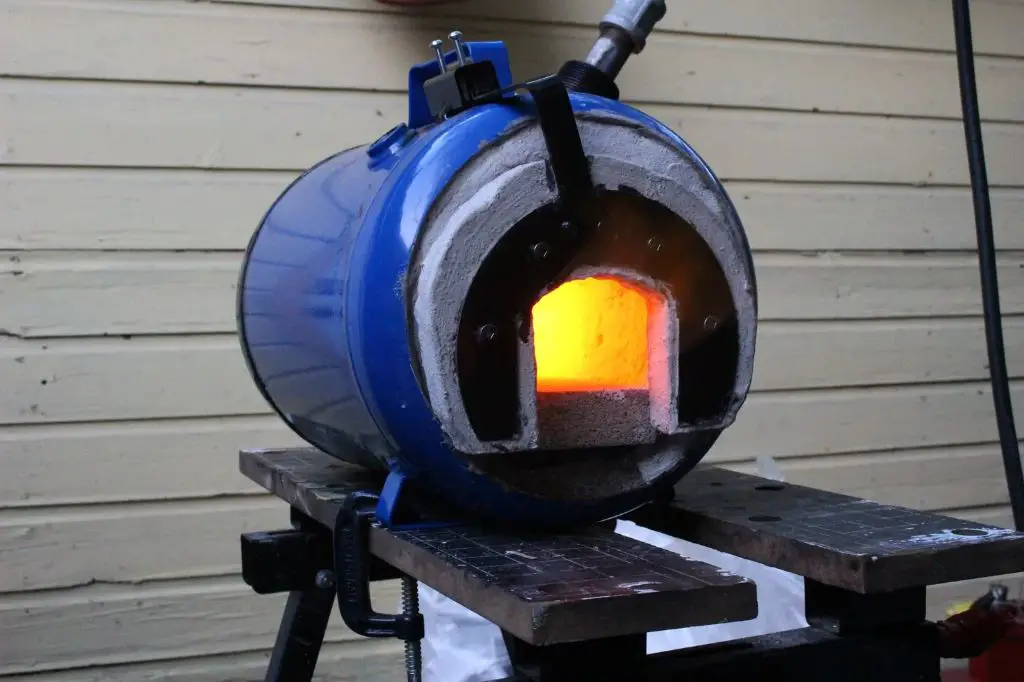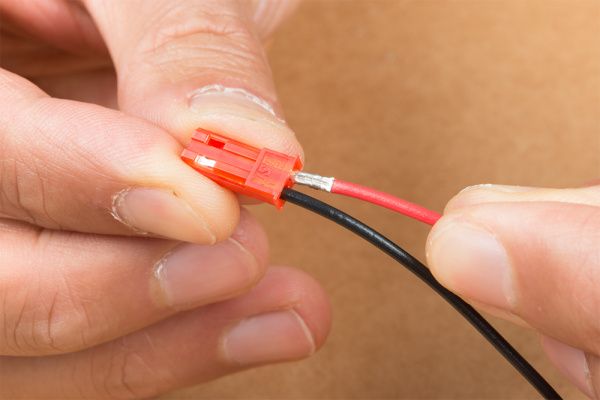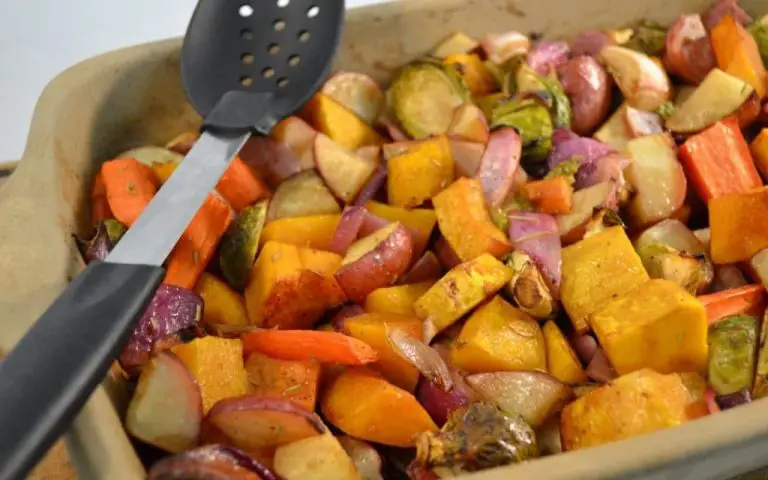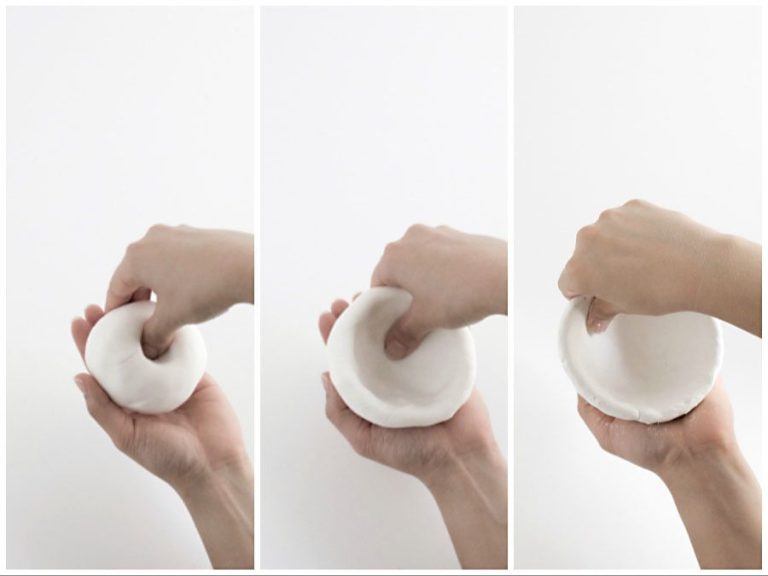Do You Need A Forge To Make A Knife?
Knife making is an ancient craft that dates back thousands of years. At its core, it involves shaping metal into a blade using techniques like forging, stock removal, and grinding. The end goal is to produce a functional cutting tool, although artistic blades are also made.
Forging is one traditional method of knife making where a blade is shaped by heating metal to a malleable state and hammering it into shape. It requires a forge, anvil, hammer, and other blacksmithing tools. The forging process allows the metal’s grain structure to be aligned, improving strength.
Stock removal is a newer technique where blades are cut out of flat stock metal using a bandsaw or hacksaw. The shaping is done through grinding and filing alone. This method is less equipment-intensive but offers less control over the metal’s grain structure.
While forging has historically been the knife maker’s method of choice, stock removal has grown in popularity for its accessibility. But the central question remains – is forging essential for making a strong, functional blade? This article will explore the pros, cons and fundamentals of both techniques.
What is a Forge?
A forge is a type of hearth used for heating metals, typically iron and steel, to change their properties for the purpose of shaping via processes such as bending, cutting, hammering or drawing. Forges are an essential tool for blacksmiths and other metalworkers. The basic elements of a forge are a fireplace to contain the fire, a fuel source such as charcoal or coal, and a method for introducing air flow to control the intensity of the fire. Hand-cranked bellows are traditionally used to provide forced air flow into the fire to raise its temperature. Modern forges may use electric blowers for air flow instead.
When metals are heated in a forge, they become soft and malleable, allowing blacksmiths to shape and join them using tools like hammers, anvils and tongs. The high temperatures needed, typically between 1,000-1,400°F for iron and steel, are easily achieved in a forge. The metal is heated until it glows red or orange, at which point it can be removed from the forge fire using tongs and quickly worked before it cools down.
Forges allow for precise control over the temperature and heating time of the metal, which enables smiths to produce complex shapes and hardened tools. While primitive forges were once portable to bring fire close to the work site, most modern forges are stationary pieces of equipment found in a blacksmith’s workshop.
Benefits of Using a Forge
One of the main benefits of using a forge in knife making is that it allows for shaping and forming the metal through hammering and pressing while it is heated. With the metal glowing hot, a blacksmith can use hammers and other tools to fold, draw out, twist, bend, and otherwise manipulate the shape of the steel into the desired form for a knife blade. This forging process enables crafting the profile of the blade and creating an edge from the material. According to Stock Removal vs. Forging for Knifemaking, “the forging process aligns the grain structure within the steel to make the blade stronger.”
Another key advantage of using a forge is the ability to bring the steel to very high temperatures above its critical point. This allows the microstructure of the metal to be altered, refining the grain size and improving the overall strength and durability of the finished blade. With sufficient heat from the forge, the blacksmith can harden and temper the knife precisely to achieve the optimal balance of hardness and resilience for its intended use.
Alternatives to a Forge
While a forge is the traditional tool used in blacksmithing and bladesmithing, there are some alternatives that can be used for knifemaking without investing in a full forge setup. Two of the most accessible alternatives are propane torches and kitchen ovens.
Propane torches are a popular choice as they provide a portable, controllable flame that can be used to heat and forge steel. High output propane torches are capable of reaching forging temperatures of around 2000°F. This allows for smaller knives and blades to be forged using the stock removal method. Propane setups take up little space and have a low startup cost compared to gas or coal forges. One downside is that propane tanks need to be refilled regularly during longer forging sessions [1].

Standard kitchen ovens are another handy alternative for simple knife builds. While they only reach around 500°F, some knifemakers have had success annealing, tempering and baking blade finishes using an oven. Ovens allow for decent temperature control and workspace. However, they cannot achieve full forging heat. Ovens are best suited for minor tasks as part of the stock removal method [2].
Forging vs Stock Removal
Forging and stock removal are the two main methods used in knife making. With forging, the knife maker takes a bar of steel and uses heat and tools like hammers and an anvil to shape the steel into a blade. This involves compressing and spreading the steel while hot to form the shape. Stock removal involves cutting the shape of the blade out of a flat bar or sheet of steel using saws, grinders, and files. The steel is not heated or forged at all.
According to this in-depth comparison article on knifesteelnerds.com, forging allows the grain of the steel to follow the shape of the blade through compression while stock removal cuts across the grain https://knifesteelnerds.com/2019/07/22/forged-vs-stock-removal-knives/. This can result in a stronger blade from forging. However, stock removal gives the knife maker more precision and control over the final shape. There are benefits and downsides to both methods.
Overall, choosing between forging and stock removal depends on the knife maker’s skills, equipment, and preferences. Both methods can produce high quality blades when done properly.
Steps for Forging a Knife
Forging a knife involves several key steps including heating, hammering, and grinding the metal into the desired shape.
The first step is to heat up the metal. Use the forge to bring the steel up to around 2000°F. This makes the metal soft and malleable so it can be shaped (Source).
Once the metal is hot, start hammering it into the basic knife shape. Use a hammer and anvil to form the tip, spine, bevels, and other parts of the blade. Hammer firmly but carefully to move the steel without cracking it (Source).
Next, grind and refine the shape. Use a grinder or files to smooth out the hammer marks and shape the bevels, edges, and handle area. Be careful not to overheat the blade during grinding.
Repeat the heating and hammering as needed to get the right form. Forge welding can also be used to join separate metals for layered or patterned blades.
Finally, heat treat and temper the blade to improve strength and flexibility. The forging process creates the overall shape, while heat treating hardens the steel for a strong, lasting edge.
Steps for Stock Removal
The stock removal method involves cutting, grinding and polishing a piece of steel bar stock to shape a knife without forging. According to this Instructables tutorial, the basic steps are:
- Cut the steel blank to the basic shape of the knife using a bandsaw or hacksaw.
- Refine and shape the profile by grinding away material using a belt sander or grinders.
- Create bevels for the edge using a belt sander, wheel grinder or file jig.
- Smooth and polish the blade using progressively finer sandpaper and buffing wheels.
The key tools for stock removal are bandsaws, hacksaws, belt sanders, grinders and sandpaper. This subtractive method involves removing steel to achieve the shape, bevels and finish. According to this overview, stock removal allows full control over the shape and grind lines compared to forging.
Which Method is Easier?
When comparing the difficulty of forging versus stock removal for making a knife, there are pros and cons to each method. Many sources argue that stock removal is an easier starting point for beginners. As explained on Red Label Abrasives, stock removal involves cutting a knife blank out of flat bar stock metal using a bandsaw or hacksaw. The blade is then shaped through grinding and sanding. This subtractive process allows more room for error. Mistakes can be corrected by simply grinding off more material.
In contrast, forging involves heating up a piece of metal, hammering it into shape, normalizing and annealing repeatedly to achieve the desired form. This requires more specialized equipment like an anvil, forge and hammers. The process also relies heavily on technique and precision. As shared on Instructables, hitting the metal when it’s at the wrong temperature or angle can cause cracks and damage. Therefore, stock removal is often recommended over forging for beginners first learning knife making.
Do You Need a Forge?
In summary, while a forge can be useful in knife making, it is not an absolute requirement. There are a couple key points on whether you need a forge:
- Forging with a forge can shape and refine the blade, but the same can be achieved through stock removal methods of grinding, filing, and sanding. As this article from Tharwa Valley Forge explains, “Forging isn’t necessary to make a knife, nor will it produce a better blade (at least at the novice to intermediate skill level).” https://www.tharwavalleyforge.com/articles/tutorials/102-beginning-knifemaking-equipment-guide
- While forging can be useful for larger knives, smaller knives like pocket knives can be made quite well without a forge through stock removal. As one knifemaker discusses on Blade Forums, “You don’t need a forge to make a knife. I use the stock removal method for smaller knives.” https://www.bladeforums.com/threads/can-you-hand-make-a-knife-without-a-forge.528198/
So in summary, while a forge can be a useful tool, it is by no means required to make a high quality knife. With some additional effort through grinding and filing, a good knife can be crafted through stock removal methods without ever needing a forge.
Conclusion
In conclusion, while a forge can be useful for knife making, it is not essential. Both forging and stock removal are valid methods for crafting a knife, each with their own benefits. Forging allows you to shape the knife from raw steel, while stock removal utilizes pre-made blades. Forging requires more equipment, skill and time. Stock removal is often easier for beginners to pick up. Ultimately, your choice of method depends on your resources, skills and personal preferences. With practice and patience, high quality knives can be produced whether using a forge or not.




